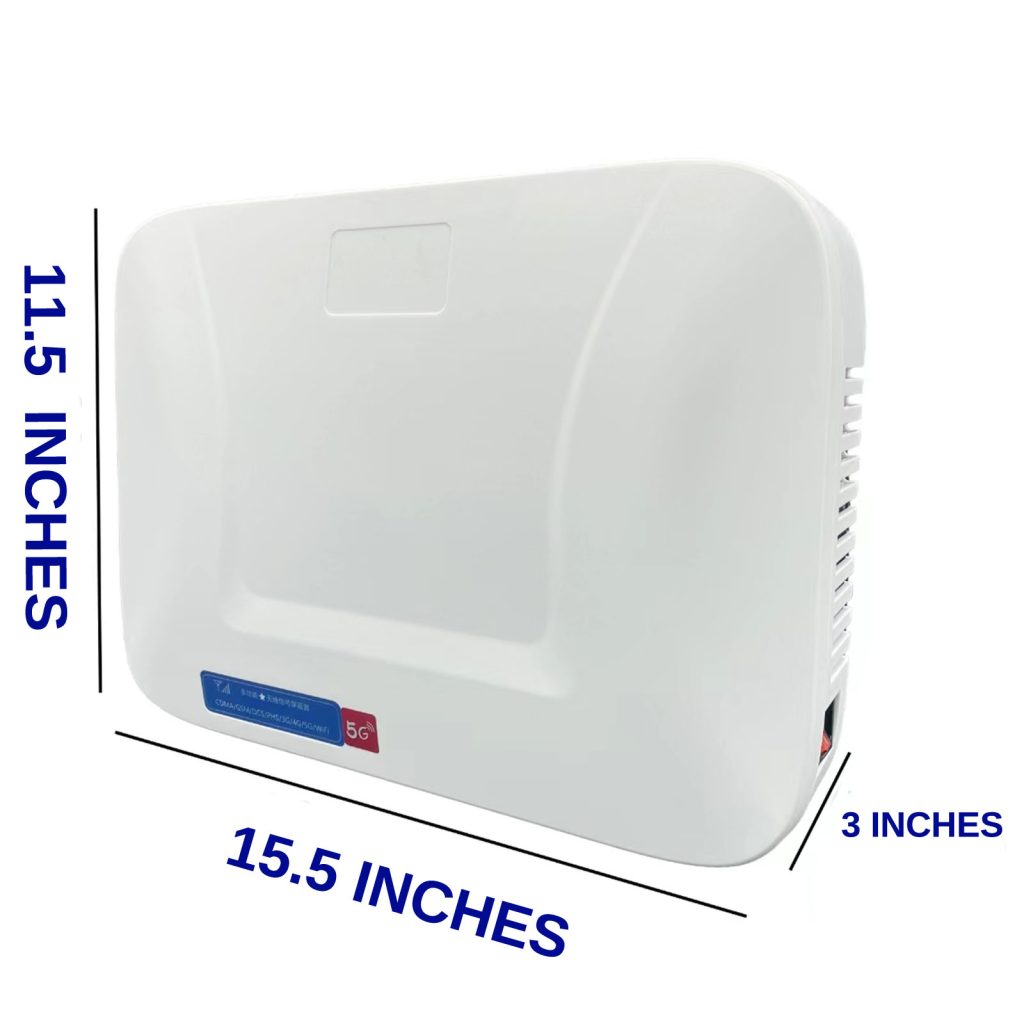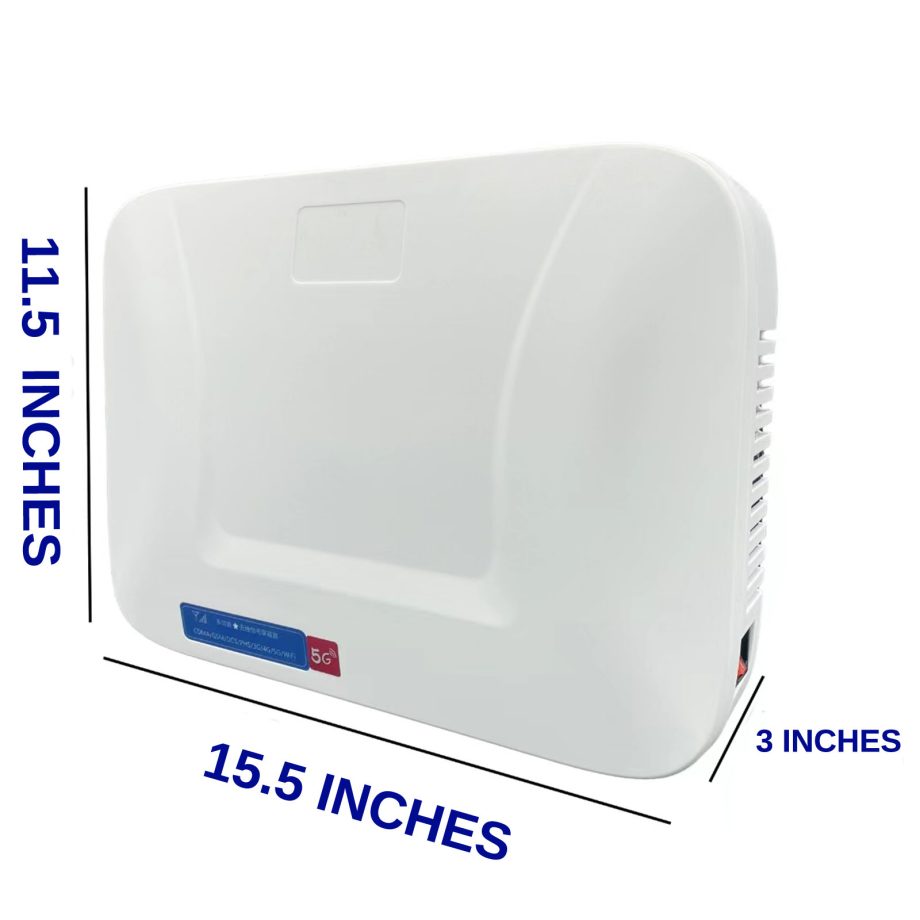
Personal Surveillance Using Wi-Fi
In an era where Wi-Fi connectivity has become nearly ubiquitous, the convenience of wireless internet access is often overshadowed by concerns about privacy and personal surveillance. Wi-Fi technology, while enabling seamless connectivity and communication, also poses significant risks to personal privacy. This section delves into the widespread fear of personal surveillance through Wi-Fi technology, exploring how this technology can be exploited for monitoring purposes and the profound implications it has for individual privacy.
The Pervasiveness of Wi-Fi Technology
Wi-Fi technology is an integral part of modern life, providing wireless internet access in homes, workplaces, public spaces, and even on public transportation. The ease of connecting multiple devices—such as smartphones, laptops, tablets, smart TVs, and IoT devices—over a Wi-Fi network has revolutionized the way we live and work. However, this pervasive connectivity also opens up numerous avenues for potential surveillance and privacy breaches.
Mechanisms of Wi-Fi Surveillance
Wi-Fi technology can be exploited for surveillance in several ways, including:
- Packet Sniffing: Wi-Fi networks transmit data packets that can be intercepted and analyzed by anyone within range using readily available tools. Packet sniffing allows for the monitoring of internet traffic, capturing sensitive information such as login credentials, personal messages, and browsing habits.
- Rogue Access Points: Malicious actors can set up rogue access points that mimic legitimate Wi-Fi networks. Unsuspecting users may connect to these fake networks, unwittingly exposing their data to surveillance and potential attacks.
- Wi-Fi Tracking: Devices connected to Wi-Fi networks emit unique identifiers, such as MAC addresses, which can be used to track their movements. Wi-Fi tracking technology is employed in various settings, from retail stores analyzing customer behavior to public spaces monitoring foot traffic.
- Data Mining by ISPs and Corporations: Internet Service Providers (ISPs) and corporations that offer Wi-Fi services can collect extensive data on users’ online activities. This data can be mined for marketing purposes, sold to third parties, or potentially accessed by government agencies.
The Reality of Wi-Fi Surveillance
The fear of Wi-Fi surveillance is not merely theoretical; it is grounded in real-world incidents and ongoing practices. Various entities have the capability and, at times, the incentive to monitor individuals using Wi-Fi technology:
- Government Surveillance: Governments may monitor Wi-Fi networks for national security and law enforcement purposes. While such surveillance can be justified for public safety, it also raises concerns about overreach and the potential for abuse.
- Corporate Surveillance: Companies providing Wi-Fi services, such as ISPs, can track users’ online behavior to build detailed profiles for targeted advertising. Retailers and other businesses may use Wi-Fi tracking to analyze customer movements and preferences, often without explicit consent.
- Individual Surveillance: Malicious individuals can exploit Wi-Fi networks to conduct surveillance, steal personal information, or launch cyberattacks. This includes hackers intercepting data on public Wi-Fi networks or setting up rogue access points to deceive users.
Psychological Impact
The psychological impact of Wi-Fi surveillance can be significant. Knowing that one’s online activities and physical movements can be monitored through Wi-Fi networks can lead to feelings of vulnerability, anxiety, and a loss of control over personal information. This sense of being constantly watched can erode trust in technology and the entities that manage it, leading to more cautious and restricted behavior online.
Case Studies of Wi-Fi Surveillance
- Public Wi-Fi Networks: Public Wi-Fi networks, such as those found in cafes, airports, and hotels, are notorious for their lack of security. Numerous cases have been documented where attackers have intercepted data from these networks, leading to identity theft, financial fraud, and other privacy breaches.
- Retail Wi-Fi Tracking: Retailers have used Wi-Fi tracking technology to monitor customers’ movements within stores. While this data helps businesses optimize store layouts and marketing strategies, it has also raised privacy concerns, especially when tracking occurs without customers’ explicit knowledge or consent.
- Smart Home Devices: Wi-Fi-connected smart home devices, such as security cameras, smart speakers, and home automation systems, have been targets of surveillance and hacking. Unauthorized access to these devices can lead to significant privacy intrusions, including eavesdropping and video surveillance.
Ethical and Social Implications
The use of Wi-Fi technology for surveillance raises important ethical and social questions:
- Consent and Transparency: One of the primary ethical concerns is the lack of transparency and informed consent. Many users are unaware of the extent to which their activities can be monitored through Wi-Fi networks and may not have explicitly agreed to such surveillance.
- Data Security and Privacy: Ensuring the security of Wi-Fi networks and the data transmitted over them is crucial for protecting personal privacy. Weak security measures and inadequate data protection practices can lead to significant privacy breaches.
- Regulation and Oversight: The regulation of Wi-Fi surveillance practices is essential to protect individuals’ privacy rights. This includes establishing clear guidelines for government and corporate surveillance, as well as implementing robust oversight mechanisms to prevent abuse.
Mitigating Wi-Fi Surveillance Risks
While the risks associated with Wi-Fi surveillance are significant, there are several measures individuals and organizations can take to mitigate these risks and protect personal privacy:
- Use of VPNs: Virtual Private Networks (VPNs) encrypt internet traffic, making it more difficult for unauthorized parties to intercept and analyze data. Using a VPN is especially important when connecting to public Wi-Fi networks.
- Securing Wi-Fi Networks: Implementing strong security measures, such as WPA3 encryption and robust passwords, can help protect Wi-Fi networks from unauthorized access and surveillance.
- Awareness and Education: Raising awareness about the risks of Wi-Fi surveillance and educating users on best practices for protecting their privacy can empower individuals to take proactive steps to safeguard their personal information.
- Legislation and Advocacy: Advocating for stronger privacy protections and regulatory oversight can help ensure that Wi-Fi surveillance practices are transparent, ethical, and respect individuals’ privacy rights.
Conclusion
The fear of personal surveillance through Wi-Fi technology is a legitimate and growing concern in our increasingly connected world. While Wi-Fi provides unparalleled convenience and connectivity, it also presents significant privacy risks. By understanding the mechanisms of Wi-Fi surveillance, the entities involved, and the psychological and ethical implications, individuals can make informed decisions about their use of Wi-Fi technology. Implementing security measures, raising awareness, and advocating for stronger privacy protections are essential steps in addressing the challenges of Wi-Fi surveillance and safeguarding personal privacy.

